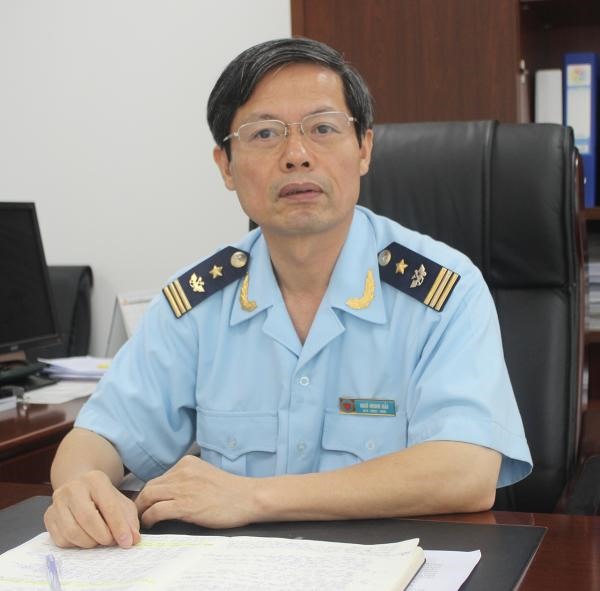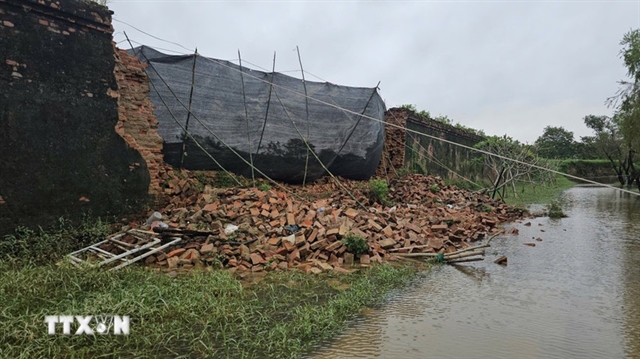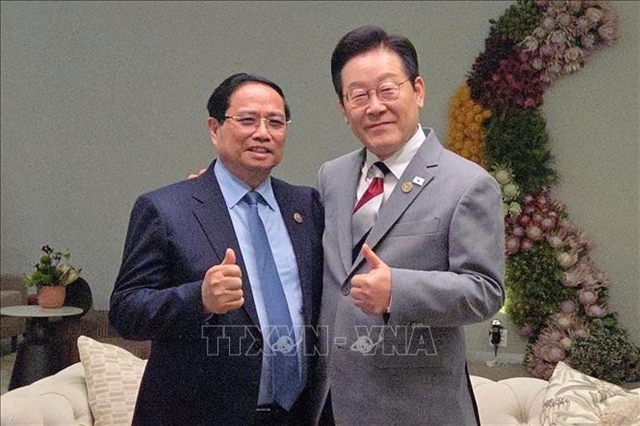 Opinion
Opinion

Ngô Minh Hải, deputy director of the Inspectorate and Supervise Department, under the General Department of Việt Nam Customs, tells the Việt Nam Investment Review newspaper about Việt Nam’s resolve to simplify its import-export procedures.
 |
Ngô Minh Hải, deputy director of the Inspectorate and Supervision Department under the General Department of Việt Nam Customs, tells the newspaper Việt Nam Investment Review about Việt Nam’s resolve to simplify import-export procedures.
What factors have slowed the customs clearance process in our country?
According to the World Bank, Việt Nam’s commercial transactions across borders index, a measurement of time and cost in import and export activities, has fallen for two consecutive years (2014-2015) due to inadequate management.
A study conducted by the Việt Nam Chamber of Commerce and Industry and the General Department of Việt Nam Customs showed that the total time for customs clearance takes about 28 per cent of the time while the other 72 per cent is spent on other procedures and management including specialised checks on imports and exports.
These are indications that specialised management for imports and exports has prolonged the time for customs clearance and increased costs for enterprises.
In your opinion, what are the main causes then?
The first thing I should mention is cumbersome legal documents on customs checks. In addition, many goods have no data provided on them for commercial transactions across borders index.
Coupled with that is that most specialised checks are done by hand or the application of modern information technology to dossiers classification or information exchange between Vietnamese government agencies.
What is the key reason for increasing the time for customs clearance for specialised checks in our country four times slower than that of other country?
Before 2016, in our country about 30-35 per cent of goods had to go through specialised checks at customs while in other countries, the rate was just from 5-8 per cent. That is one of the reasons why Resolution 19/2016 has laid emphasis on improving the business environment and national competitive capacity.
The government’s resolution sets specific targets for each year. For example by the end of last year (2016) only 15 per cent of specialised goods should have been checked and eight per cent by 2020.
To achieve these targets, it is imperative for the customs sector to make a change in their management methods and in their specialised checks. To achieve these targets, the customs office must practice risk assessments and common international customs clearance procedures, including using IT in information sharing between concerned agencies and the customs office.
To shorten the customs clearance time, many countries perform customs checking in factories. Can we do that in Việt Nam?
Checking goods right at factories is common in many countries now.
With this method, instead of checking the goods at the border gate, representatives of the importing countries go to exporting countries and check the goods in the factories. After finishing their checks on the goods quality, pattern, production chains and more, if they meet required standards, the goods will be certified to go through customs procedures.
Of course, some international practice and norms will be applied, including risk assessment. However, for imported goods coming from countries with higher standards than ours like the US, EU, Japan or South Korea they will enjoy special treatment when they go through customs. Vice versa, for countries that have often encroached upon our laws, they will be subject to tight checks.
The PM has set a target that by 2020, all import and export goods must not take more than five days to go through customs clearance. Is this feasible?
If Government Resolution 19/2017 is implemented, by late 2017 customs clearance will take on average 160 hours. So to achieve the target set by the PM by 2020 for five days (120 hours) customs clearance will be a big challenge.
To achieve this target, all concerned ministries and sectors have to review and revise 362 legal documents, of which 87 of them have to change in the next few months. Of course, the task is demanding. But we’ll try to do our best to meet the target. — VNS




